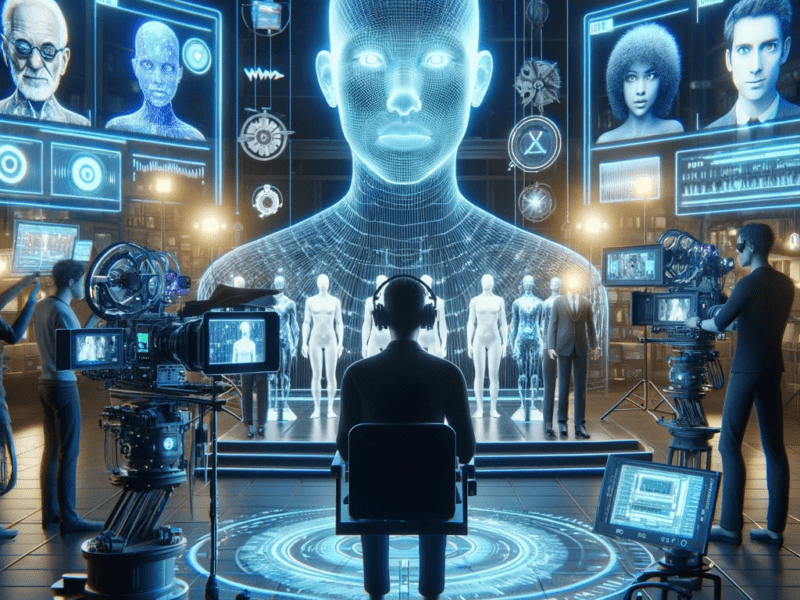
The Risks and Threats of AI and How to Prevent Them
Artificial intelligence (AI) is proving to be a double-edged sword. On one hand, it has the potential to revolutionize various domains and industries, such as healthcare, education, transportation, and entertainment. On the other hand, it also poses significant challenges and risks, such as ethical dilemmas, social impacts, security threats, and human displacement. How can we harness the benefits of AI while minimizing its harms? How can we ensure that AI is aligned with human values and goals? How can we prevent AI from becoming a source of conflict or catastrophe?
These are some of the questions that many experts, policymakers, and stakeholders are grappling with as AI becomes more ubiquitous and powerful. In this article, we will explore some of the main risks and threats of AI, and how we can prevent them from materializing.
Ethical Risks
One of the most prominent ethical risks of AI is the possibility of bias and discrimination. AI systems are often trained on data that reflects the existing prejudices and inequalities in society, such as gender, race, ethnicity, religion, or class. This can result in AI systems that perpetuate or exacerbate these biases, such as facial recognition systems that misidentify people of color, or hiring algorithms that favor certain candidates over others. Moreover, AI systems may also make decisions that violate human rights, such as privacy, autonomy, dignity, or justice. For example, AI systems may collect and use personal data without consent, or influence people’s behavior and choices without transparency or accountability.
To prevent these ethical risks, we need to ensure that AI systems are designed and deployed with respect for human values and principles. This means that we need to involve diverse and inclusive stakeholders in the development and governance of AI, such as ethicists, social scientists, human rights advocates, and affected communities. We also need to establish and enforce ethical standards and guidelines for AI, such as fairness, accountability, transparency, and explainability. We need to monitor and audit AI systems for potential biases and harms, and provide mechanisms for redress and remedy. We need to educate and empower users and consumers of AI, and raise awareness and literacy about the ethical implications of AI.
Conclusion
AI is a powerful and transformative technology that can bring immense benefits and opportunities, but also significant risks and threats. We need to be proactive and responsible in addressing these challenges, and ensure that AI is used for good and not evil, for human and not machine, for peace and not war.
As Garry Lea, the CEO of Global Triangles, a company that is focused on staff augmentation, said: “AI is not something that we can ignore or avoid. It is something that we have to embrace and shape. We have to be the ones who decide how AI will affect our lives and our society. We have to be the ones who make AI work for us and not against us.”






